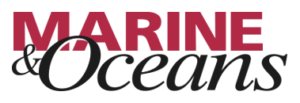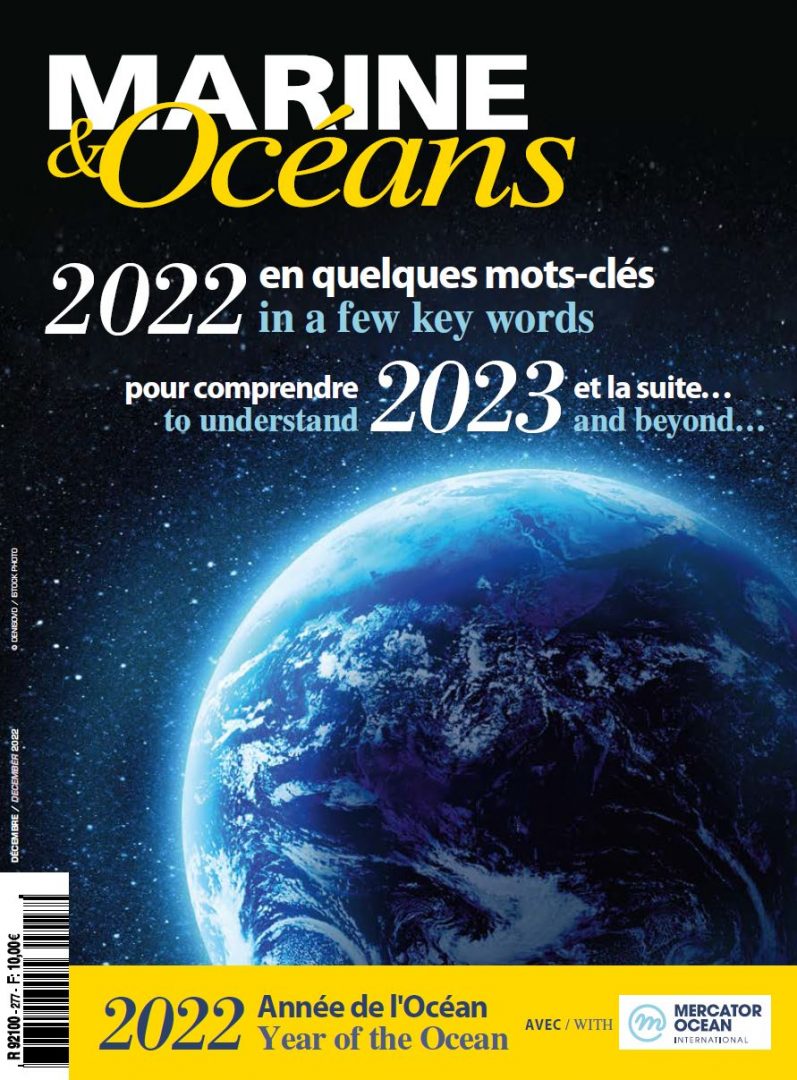Yesterday the International Council for the Exploration of the Seas (ICES) published its scientific advice. Adding to an already dire situation for cod, ICES now advises that drastic cuts in fishing for Baltic herring are also needed. NGOs and small scale fishermen alike react with calls for urgent action to taken by decision makers.
1 June 2023 – The alarms went off along the Swedish eastern coast several years ago: there is no longer any larger herring to be caught, a herring used for traditional human consumption. In fact some coastal fishermen do not find any herring at all. At the same time, larger offshore vessels claim that fishing for herring is fine. This is a pattern seen several times before and not only in the Baltic Sea. The fish starts to disappear along the coast and after a few years the catches in the open sea start also decrease. In the case of the Baltic cod, that meant a total fish stock collapse and despite a fishing closure for several years, no improvement can be seen.
The scientific advice from ICES released on 31st notes that the herring stocks that aggregate in the southern main basin of the Baltic Sea as well as the more northern stocks in Bothnian Sea are at very low levels and even with fishing halted, the stocks will likely not bounce back in 2025. ICES advises to cut the herring quotas with about 50% compared to 2023, they also advise on reduced sprat catches and continued zero catch for cod in the eastern part of the Baltic Sea.
“It is simply catastrophic and we feel that emergency measures should be taken already now in 2023. The Council will meet in October to set fishing quotas for next year but with the facts and figures at hand, it is irresponsible not to act swiftly already now”, says Nils Höglund, Fisheries Policy Officer at Coalition Clean Baltic (CCB). He concludes: “The Commission has the option to initiate emergency measures and we think the time has come to seriously consider this option.”
ICES data and modelling shows that even with no fishing at all, there is still likely a 10-20% chance that the stocks will not be replenished to the lowest level set in the scientific advice, the so called biomass limit value. For the herring stocks below Åland Islands, there is an 88% chance that stocks will not reach safe levels with zero fishing. ICES notes that misreporting of catches undermines the quality of the data and that this only increases the level of uncertainty of the given advice. In this context, ICES says that they have not quantified what effects misreporting and data quality has.
“Considering the scientific data, the continuous alarming reports from coastal fishermen and the strong negative trend in the herring stocks north and south, it is clear that the previous management has failed. We see the same pattern now for herring that we saw with cod before it collapsed, this is not ecosystem based management, this is fishing down the food web” says Sara Söderström, Policy Officer at FishSec.
“For decades, we have fished down wild fish stocks in the Baltic Sea. According to ICES’ latest advice, historically large populations are at levels where there is a high probability that they will not recover. It is clear that the management model (MSY) is not working, that the monitoring and reporting of catches is not working, and that biological data is either wrong or insufficient. The responsibility now lies heavy on the Commission and the Council of Ministers – this might be the last chance to save the wild Baltic Sea fish”, says Konrad Stralka, CEO at BalticWaters.
For both cod stocks in the Baltic, the situation is critical and with no sign of improvement. ICES indicates that the western cod stock around the German, Danish and Swedish coasts needs a cut in catches and advices a maximum of only 24 tonnes in total, covering both commercial and recreational fishing. This is a steep decrease from last year’s advice which was a maximum of 943 tonnes. Even though ICES does note that the plaice stocks seems to be the only fish stock growing, fishing for plaice is problematic since when caught with bottom trawling gear, as this also catches cod as bycatch. Better gears are available but those are not mandatory nor legal to use yet.
“Despite the closure of the cod fishery, cod is still being caught as by-catch by bottom trawlers fishing after flatfish like plaice. We must reduce cod by-catch by introducing bottom trawl free zones in key cod areas as well as electronic monitoring on trawl boats to stop illegal discarding of cod”, says Cathrine Pedersen Schirmer, Chief Advisor at the Danish Society for Nature Conservation.
There is still one area and herring stock that differs from the rest and that is the Gulf of Riga. The herring that spawn in this area is doing better, yet ICES does advise to reduce the catches with 17% compared to its advice last year. Still, the recruitment and amount of herring is at safe levels here.
“The Gulf of Riga indicates that industrial fishing with huge vessels on a mix of fish stocks is the problem in the Baltic. A limited fishery for human consumption is possible even in the current conditions but industrial trawling in the Gulf of Bothnia needs to be stopped along with vessels that mix large volumes sprat and herring in their catches, if we are to reverse the decline in herring stocks“, says Christian Tsangarides, Low Impact Fishers of Europe, LIFE.
Source : Ocean Campaigns.
Crédits photo : Unsplash.


